Exercises for older adults: what you need to know
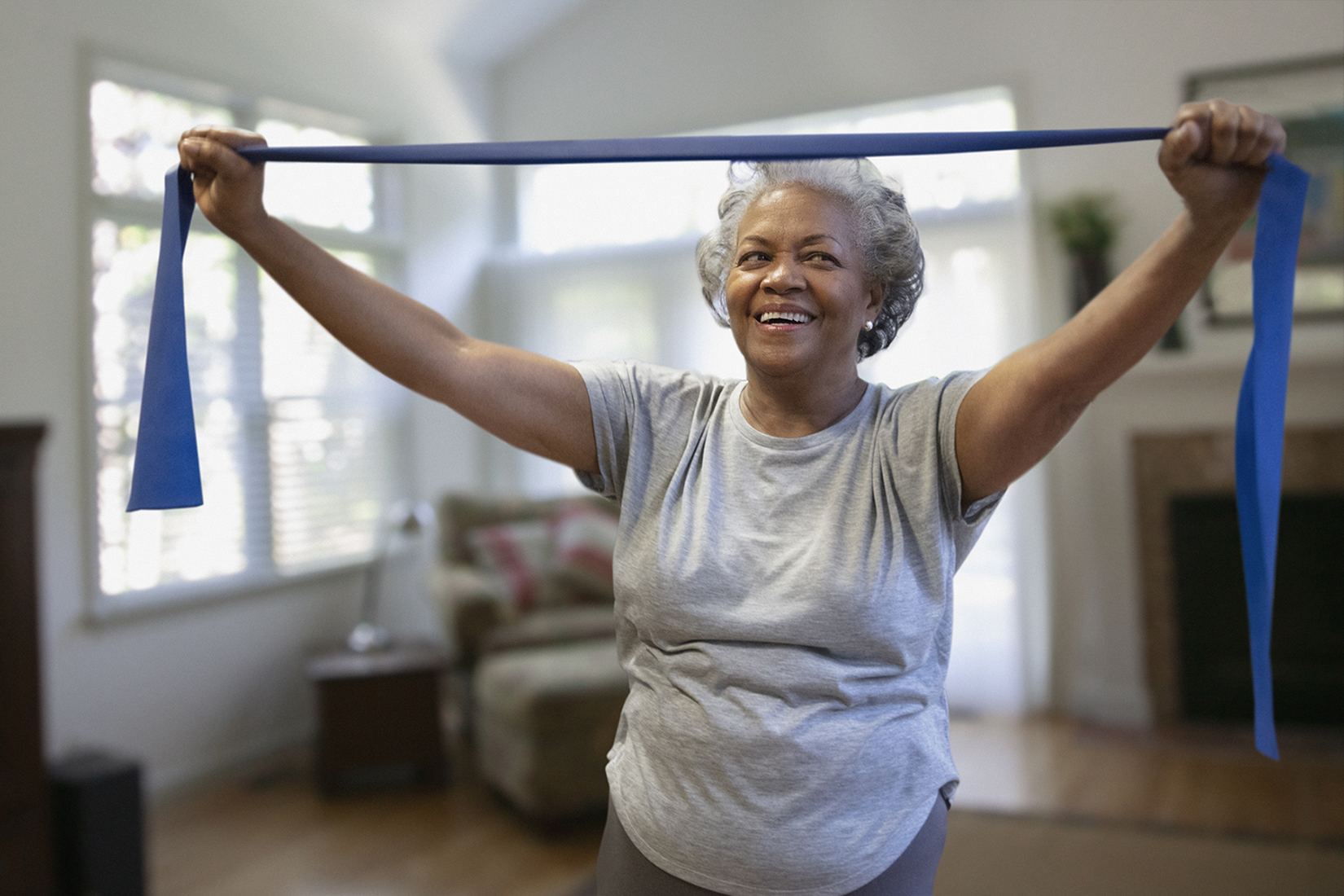
Physical activity is a key factor in healthy aging, and strength training, in particular, can be a useful tool in preventing or mitigating the effects of many chronic conditions such as diabetes, heart disease, and arthritis. You might be picturing a group of seniors lifting dumbbells in a weight room – but most older patients can see remarkable benefits with simple exercises around the house that use minimal if any, equipment. In this post, I’ll touch on the value of strength training in older patients’ health, introduce exercise ideas, discuss ways to overcome common obstacles to exercise seniors face, and share how value-based care is well suited to keeping patients’ routines on track. Why Strength Training Matters for Seniors As we age, our muscles tend to atrophy; they’re getting used less because we’re less physically active. The more strength training exercises we do, the more opportunity we’ll have to maintain or even increase our strength, which means we’ll be able to stand and walk comfortably, without assistance. Beyond the immediate physical benefits, strength training can have psychological benefits, too. When we’re able to stand and walk independently, we feel confident, which can lead to a more positive mindset. Additionally, strength training can help patients avoid or manage chronic diseases like diabetes or heart disease. It’s been shown in study after study that exercise – whether that be cardio, strength, or flexibility training – helps the body work better. It results in reduced pain, more mobility, and decreased reliance on some medications for some of our patients. Strength Exercises for Older Adults I recommend all kinds of exercises to our patients that can help build or maintain muscle strength without the need for a gym membership or expensive equipment. Exercises with light dumbbells, or even household objects with a little bit of weight, can achieve results. If I’m working with a patient on a home exercise regimen, I’ll ask them to grab a can of vegetables or a pound of coffee – something that has a little bit of weight but can be comfortably held in their hand. Then, we do simple arm exercises like bicep curls. I recommend chair exercises to patients who struggle with balance or lack the confidence to engage in physical activity. We do seated movements, like raising the arms over the head or circling them forward and backward, adding the household items for a little resistance. They can also do squats into or while holding onto the back of the chair, or practice going from sitting to standing several times per day. This helps build up strength in the legs, torso, and back. A simple movement, like grabbing a tennis ball or other small object and squeezing it a few times per day, can help strengthen the muscles of the fingers, hands, wrists, and arms. Overcoming Common Obstacles to Senior Strength Training The most significant obstacle I’ve encountered is a patient’s history with exercise. If an older patient hasn’t been able to stick with fitness routines in the past, they might believe that it’s not worth trying again. Older patients may also have injuries or impairments that can impact their ability to do certain things – but not everything. Although we, as clinicians, can adapt an exercise plan to account for those issues while keeping the patient moving, it can be hard to get a patient over the “my knee is bad, so I can’t exercise” mentality. Overcoming these hurdles means asking questions: What have they been through before where exercise is concerned? How can we help them find ways around their challenges at this point in their life? How can we help them feel comfortable enough to get moving? Listening carefully to those answers is important to understand what may motivate a patient to engage in strength training. Maybe it’s a desire to climb stairs independently or walk around the grocery store without pain. We can use that information to provide the patient with different options for how they’d like to proceed in their fitness journey. Finally, meeting – or at least contacting – the patient regularly is essential to keeping them on track. At ChenMed, our primary care physicians see their patients at least once a month, and often more frequently. During these check-ins, primary care physicians can talk through any obstacles the patient is facing in their strength training plan and make changes in near-real time, instead of six months or a year later. How Value-Based Care Supports Seniors’ Strength and Wellness The biggest asset of ChenMed’s model of value-based care is time. First, there’s the time actually spent with patients. Our primary care physicians carry far smaller patient panels than their fee-for-service peers, so they can spend as much time as needed, as often as needed, to support their strength training journey. Then there’s the time our physicians – and all our staff – spend learning about new skills and resources that can improve patient care. For example, during their onboarding, I meet with all our incoming primary care physicians to brief them on the healthy living resources we have. They have my phone number and can reach out whenever they’d like if they have a question or need a consultation on a strength training plan. We also hold several meetings throughout the year with all ChenMed clinicians to introduce or reintroduce different fitness resources and share new ideas that they can pass on to their patients. In value-based care, patient care is about more than just dispensing medications and running labs. Addressing wellness and overall well-being is naturally part of the work we do – and exercise and strength training are two of the most powerful ways we can do that. This focus allows us to really move the needle on our patients’ health, even in advanced age. We can touch their lives in a way that helps them understand, “We care, we’re here for you.” That’s the biggest advantage of value-based care. Want to learn more about full-risk value-based care? Download our free e-book, Changing U.S. Healthcare | Value-Based Care Explained.

5 Necessary Guidelines For Training The Older Adult - AXIOM Fitness Academy
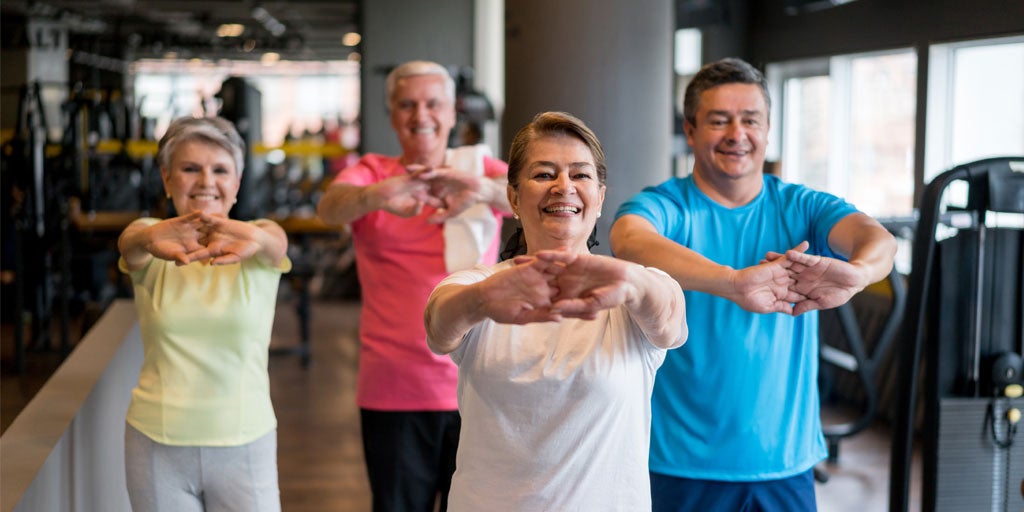
The Life-Changing Benefits of Exercise After 60
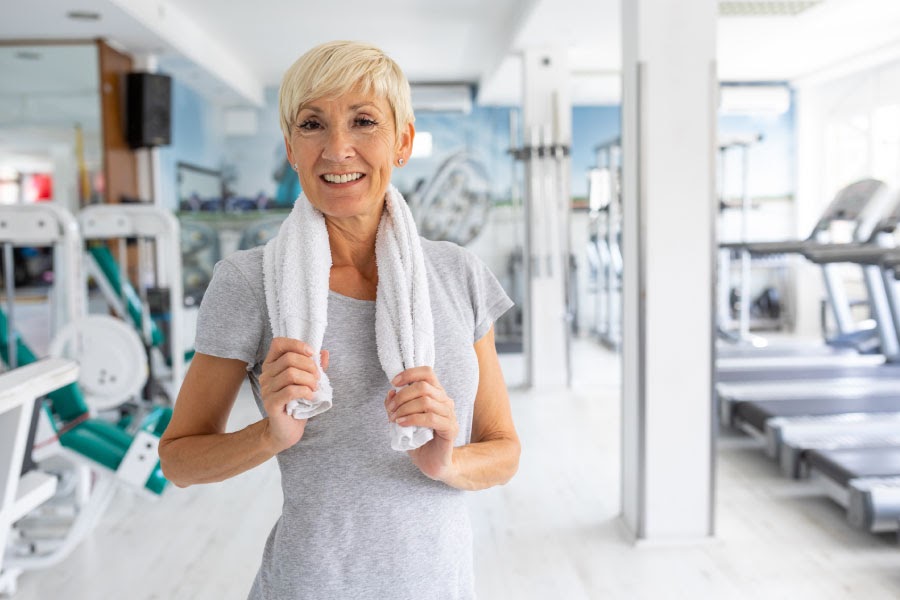
7 Best Exercises for Seniors (and a Few to Avoid!)

16 Easy And Effective Chair Exercises For Seniors

17 Safe & Effective Exercises for Seniors at Home
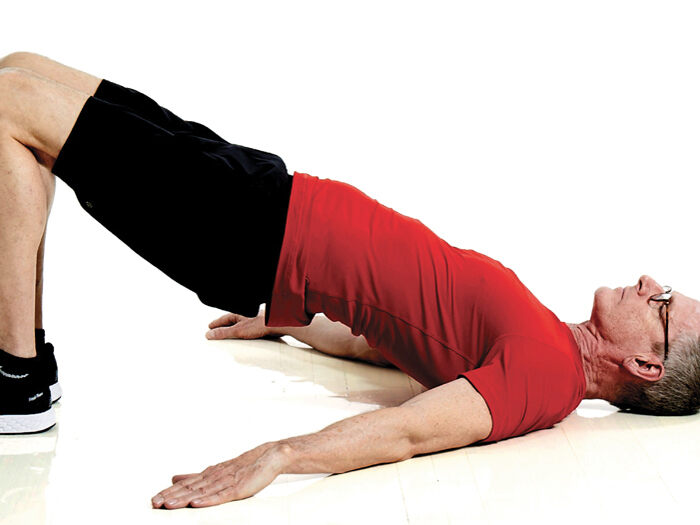
Best Bodyweight Exercises for Older Adults - SilverSneakers
[Willis, Darcy] on . *FREE* shipping on qualifying offers. 50 Chair Exercises For Seniors: Best Chair Workout

50 Chair Exercises For Seniors: Best Chair Workout For Older Adults To Build Strength, Balance, Flexibility, Joint Health, Improved Mobility, Pain
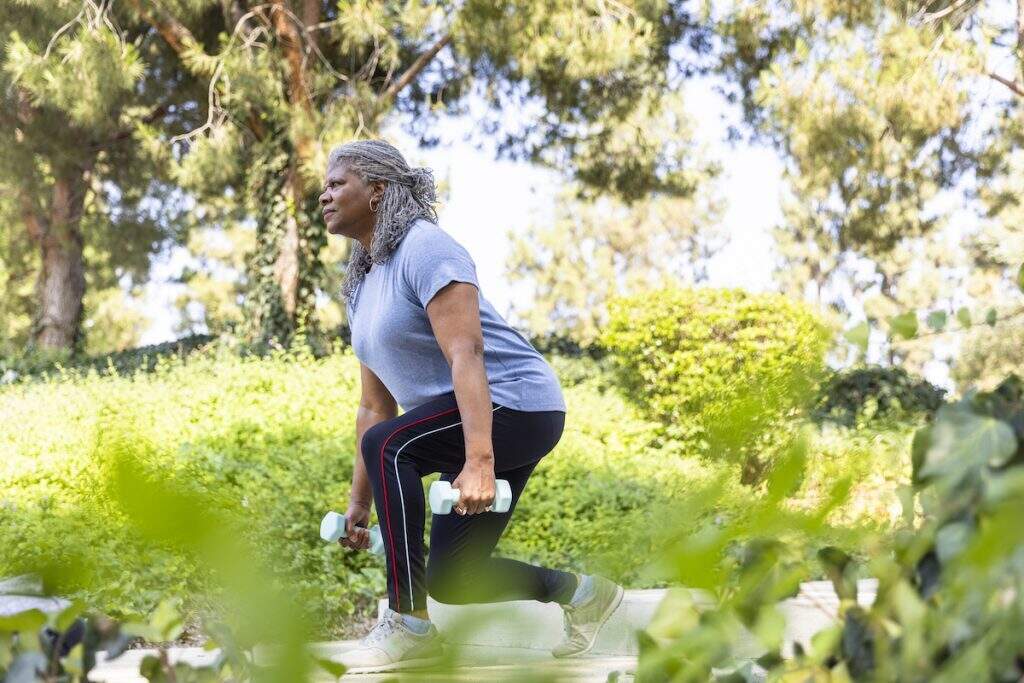
Strength and Weight Training for Seniors - SilverSneakers
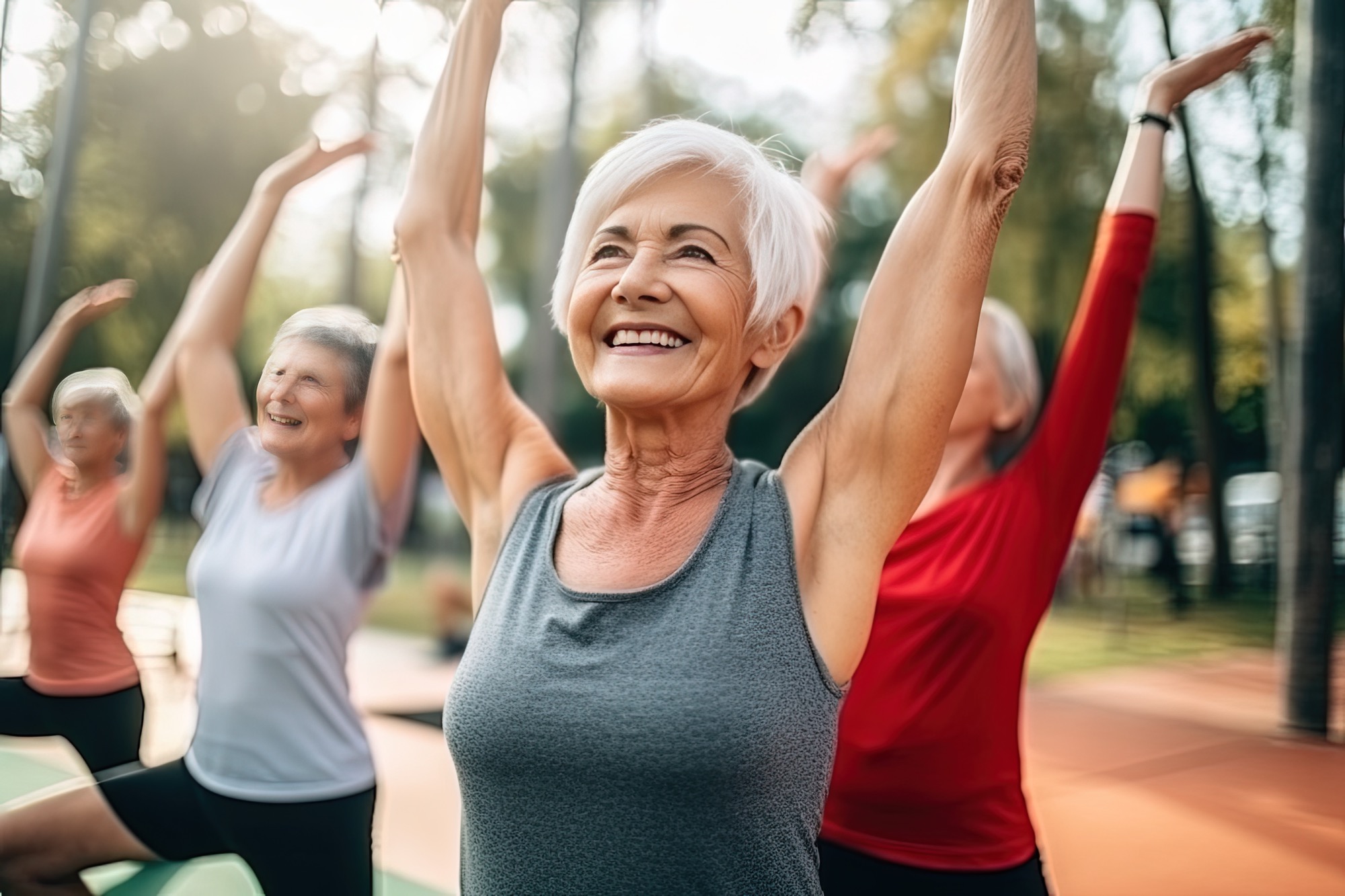
Exercise for Seniors: A Full Guide - Families Choice Home Care

A Daily Dose of Exercise as You Age